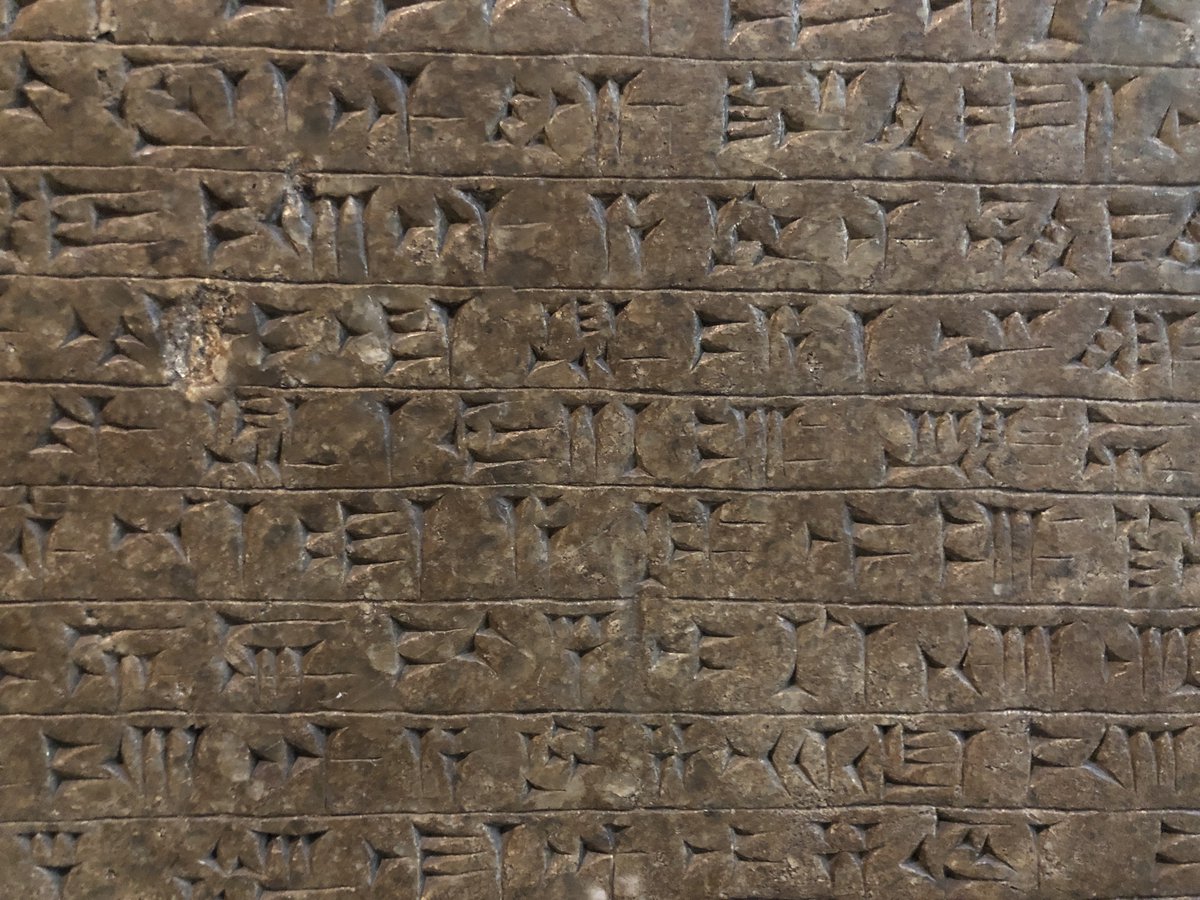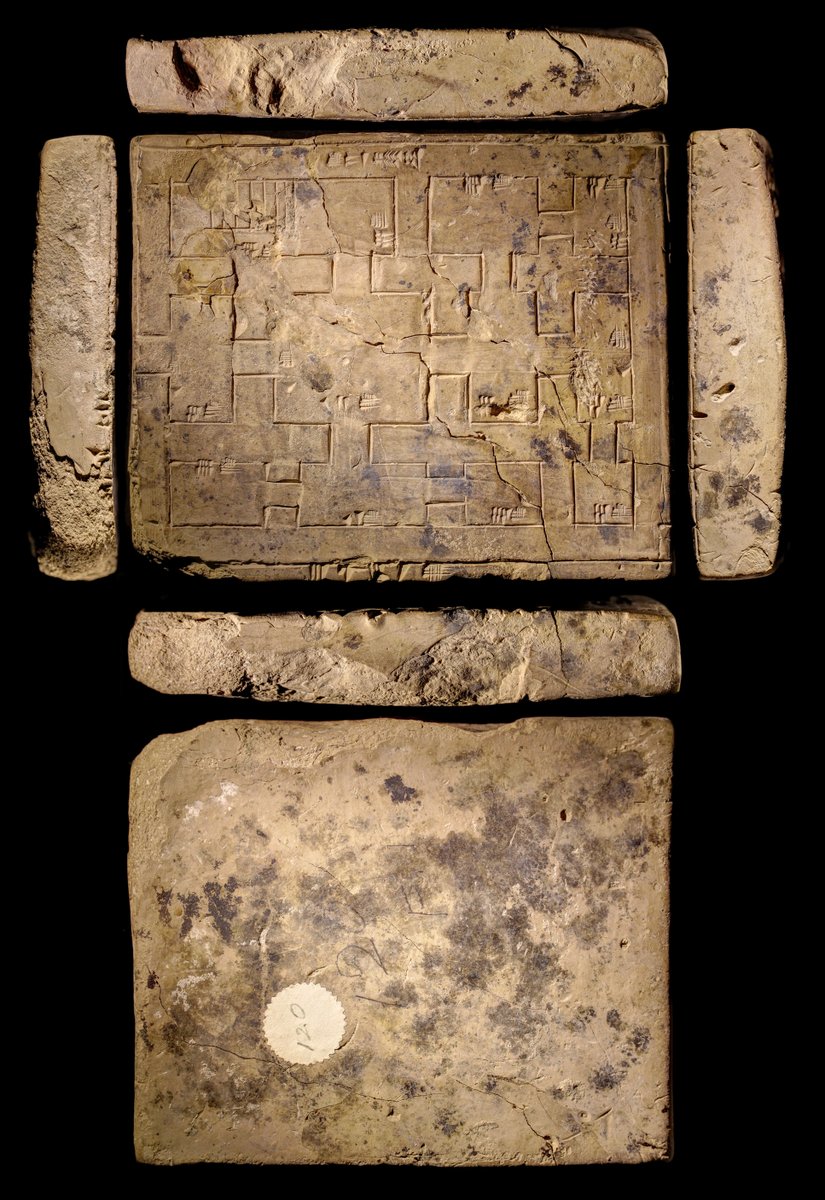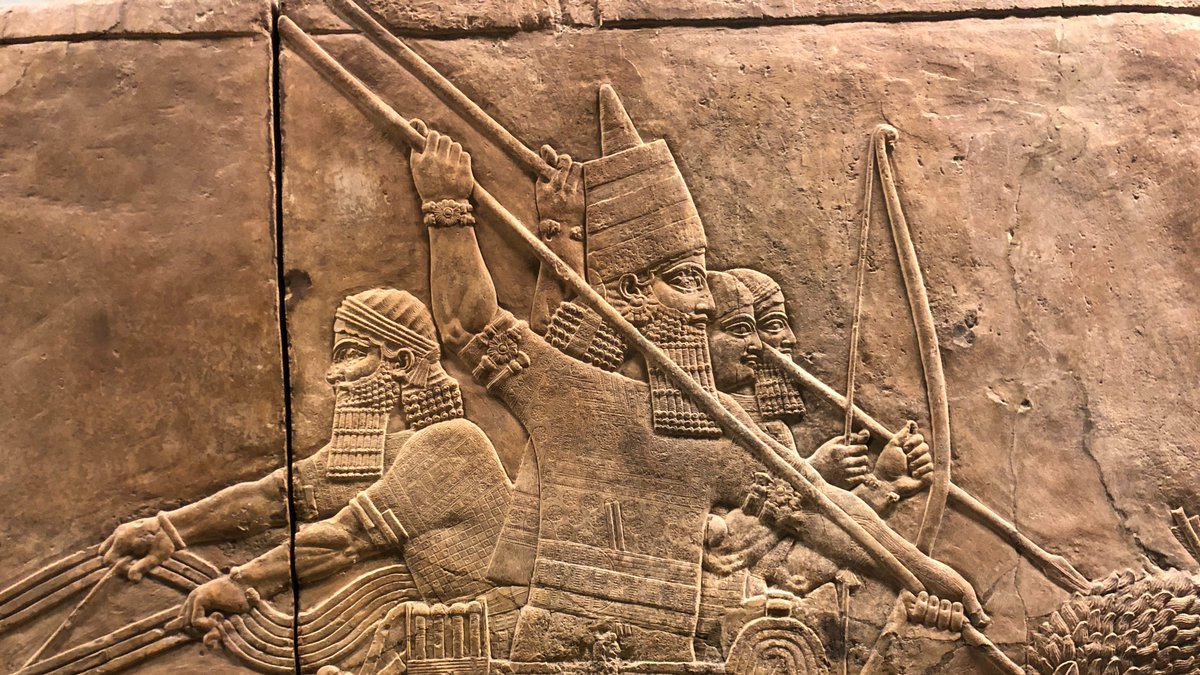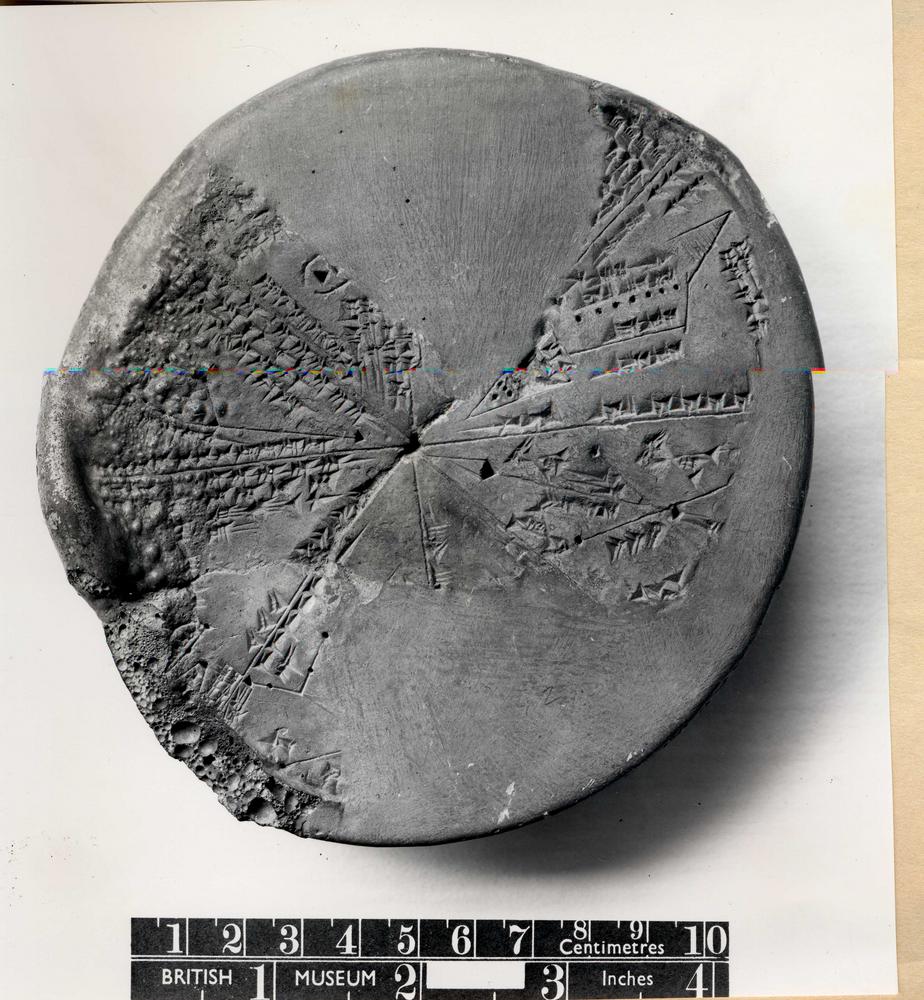First of all, what even is cuneiform?
It’s a writing system from the ancient Middle East, used to write several languages like Sumerian and Akkadian. Cuneiform signs can stand for whole words or syllables. Here’s a little primer of its evolution
https://t.co/7CVjLCHwkS
What kinds of texts was cuneiform used to write?
Initially, accounting records and lists.
Eventually, literature, astronomy, medicine, maps, architectural plans, omens, letters, contracts, law collections, and more.
Texts from the Library of Ashurbanipal, who ruled the ancient Assyrian empire when it was at its largest in the 7th century BCE, represent many of the genres of cuneiform texts and scholarship.
Here’s a short intro to the library via
@opencuneiform https://t.co/wjnaxpMRrC
The Library of Ashurbanipal has a complicated modern and ancient history, which you can read about in this brilliant (and open access) book by Prof
@Eleanor_Robson https://t.co/GGX3BAAzhE
One of my favourite clay tablets from the Library of Ashurbanipal is this star map for the night of 3-4 January 650 BCE, including the constellation Gemini
https://t.co/7ooNcLvtLo
One clue about the long history of “astronomology” (h/t
@willismonroe) in ancient Mesopotamia was found in the Library of Ashurbanipal. The “Venus Tablet of Ammisaduqa” is a copy of observations of Venus from ~1000 years earlier that’s also part of a larger textbook of omens.
Here’s a dated but open access translation of the Venus Tablet of Ammisaduqa by the late Dr Erica Reiner
https://t.co/94KyyHjZXR
The main tool used in astronomy in ancient Mesopotamia ended up being…maths!
Read about learning math and science in the ancient Middle East in this fascinating piece by Prof
@Eleanor_Robson including a discussion of this geometry textbook from 1750 BCE
https://t.co/un6FMDWGP6
Okay quick break because there are a lot more tweets to follow in this thread but I gotta feed a baby first
Okay I have no idea where I was going with this, so we're just gonna move on to plaques.
Some of my favourite artefacts from ancient Mesopotamia are these mass-produced plaques that show scenes from everyday life, like breastfeeding and dog walking, and mythological beings.
They’re honestly lovely, and I’m sorry my terrible photography skills don’t do them justice







